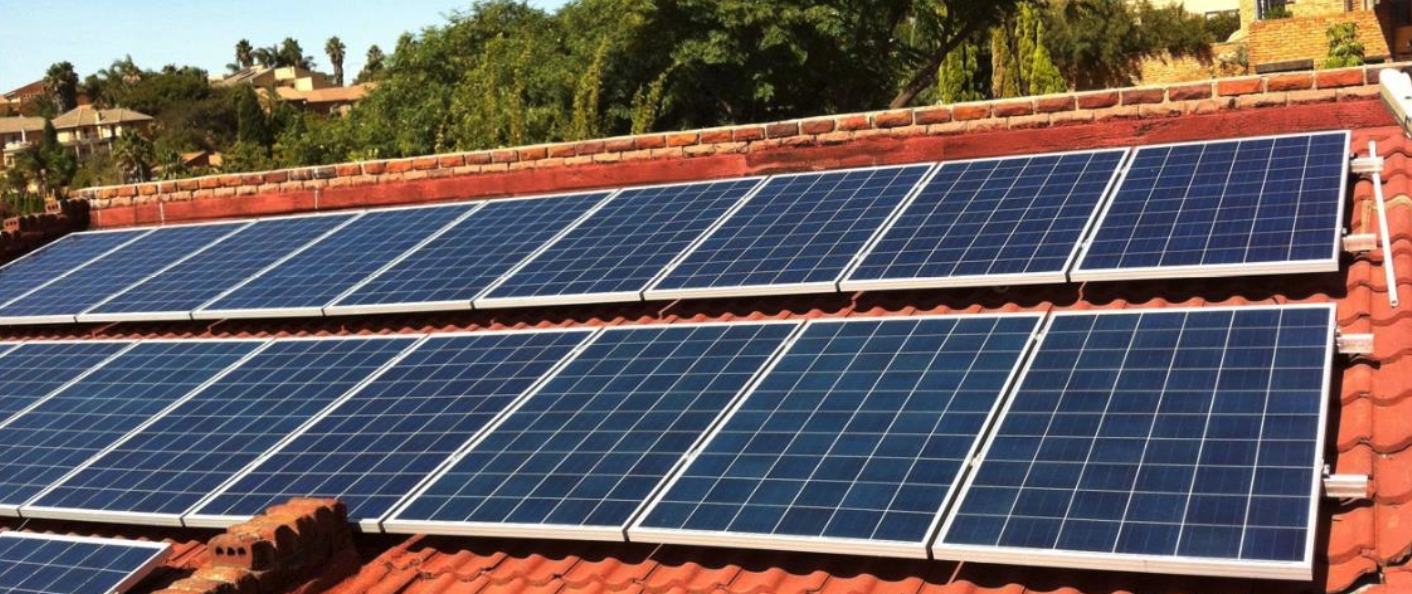Roof mounting, while popular, is not the only option, and a tailored approach taking into account the uniqueness of each property will lead to the best outcomes.

Choosing the ideal location for your solar photovoltaic (PV) system installation is crucial for maximising energy production, efficiency, and the return on your investment. The location impacts the amount of sunlight that your panels will receive and thus, their overall performance. It's more than just picking a sunny spot; several factors such as orientation, tilt, shading, and mounting systems play pivotal roles.Roof mounting is one of the most popular methods for residential solar installations, but alternative locations can also be considered depending on individual circumstances.
The orientation of your solar PV system is paramount. In the Northern Hemisphere, the general consensus is to have panels facing true south to ensure maximum sun exposure. However, variations in angle may produce optimal outcomes based on specific regional solar conditions.
The tilt of your panels can significantly affect their efficiency. An optimal angle is usually close to the geographical latitude of your location. Adjustable tilts can capitalise on seasonal variations in the sun's path, although fixed-tilt systems are more common due to their lower installation and maintenance costs.
Prior to considering roof mounting, the structural integrity of the roof must be evaluated. Solar installations are long-term investments, and the roof must be durable enough to withstand years of additional weight and environmental exposure. Roof renovations or repairs should be done before installing solar panels to avoid the extra cost of having to remove and reinstall them later.
The type of roofing material can affect installation techniques and costs. Certain materials like slate or wood shingles are more fragile, making installation challenging, whereas metal or composite roofs can be more solar installation-friendly.
A roof nearing the end of its lifespan is not suitable for solar panel installation. If roof replacement is imminent, it's wise to undertake that project before installing a solar system to avoid the need for panel removal and reinstallation during the roof replacement process.
Use tools like a solar pathfinder or online solar mapping services to study the patterns of sun exposure. These tools can help in identifying potential obstructions like trees, nearby buildings, or topography that could cast shadows and decrease the efficiency of your solar panels.
Consider prevailing environmental factors, such as high winds, snow load, or salt mist in coastal areas. These could influence the choice of solar PV system components, including the type of roof mounting system selected, to ensure durability and longevity.
When roof mounting is not viable, ground-mounted systems are an alternative. Ground-mounted systems provide the flexibility to orient and tilt the panels for optimal performance and are simpler to access for maintenance. However, they require sufficient unshaded land and can be more expensive due to additional materials like concrete foundations and frames.
Selecting the appropriate roof mounting system is as important as the location. Roof mounts need to be robust, weather-resistant, and compatible with the type of roofing material. They should also allow for proper air circulation around the panels, which helps with cooling and overall efficiency. The mounting system should comply with local building codes and withstand environmental stressors specific to the region.
Professional installers can offer invaluable guidance when selecting the location for your solar PV system. They can conduct detailed site assessments, provide insights into local zoning regulations and community standards, and recommend the best roof mounting systems suited for your particular roof type.
Aesthetics cannot be disregarded as they affect property value and community acceptance. Sleek, low-profile, and colour-matched mounting systems can integrate the panels with the roofline harmoniously.
Moreover, homeowner associations (HOAs) or local regulations may impose restrictions on where and how solar panels can be installed. It is essential to understand these guidelines before installation to avoid future disputes or the necessity of costly alterations.
In finalising the location for your solar PV system installation, a thoughtful balance between the technical specifications, environmental conditions, regulatory constraints, and aesthetic considerations is essential. Roof mounting, while popular, is not the only option, and a tailored approach taking into account the uniqueness of each property will lead to the best outcomes. Consulting with solar installation professionals and conducting thorough site analysis will help secure a location that optimises solar energy production and fulfils your green energy goals.
Valsa Trading designs manufactures and supplies mounting system solutions for all types of roofs, carports, ground, pole, facade, floating and tensile cable applications, throughout South Africa and Africa.
Solar PV System Installation , Roof mounting , Solar batteries , Solar battery system , Solar panel
Feb 20, 2024